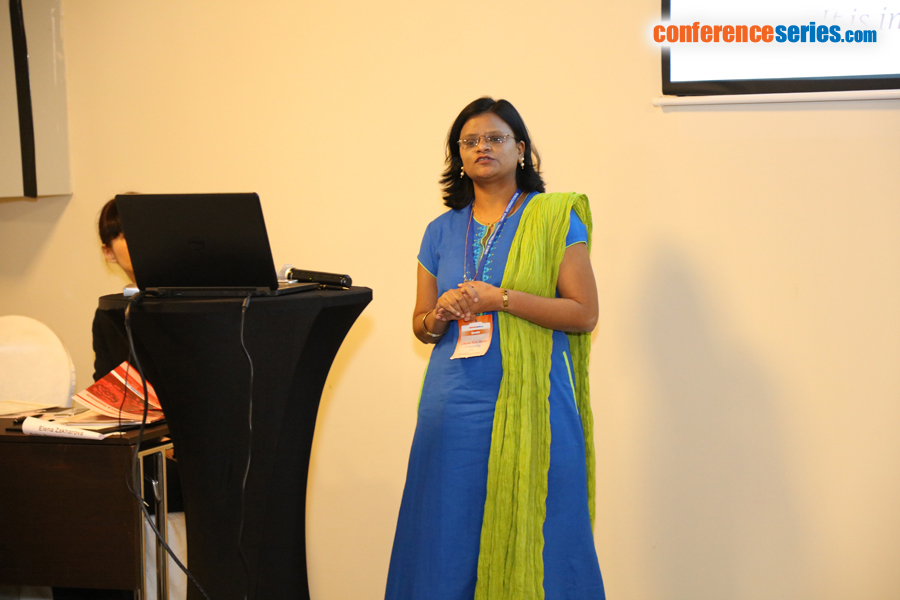
Chhaya Rani Shevra
MLB Medical College,India
Title: Recent advances in the diagnosis of multiple myeloma
Biography
Biography: Chhaya Rani Shevra
Abstract
Multiple myeloma (MM) is a malignant tumor of plasma cells. It accounts for 1% of all cancer death in Western countries. Clinically it is characterized by severe bone pain, spontaneous fractures due to lysis of bone, which give rise to spinal cord compression, bone pain, numbness, weakness and paraplegia. Besides this patients may manifests with symptoms related to hypercalcemia, and hyperviscosity syndrome,renal failure and infection. Most of these symptoms are due to monoclonal protein in serum and urine. It is predominantly a disease of seventh and eighth decades, but 7.86% cases can be seen under 40 years of age. The disease is diagnosed with serum or urine protein electrophoresis or immunofixation and bone marrow aspirate analysis. Skeletal radiographs are important in staging multiple myeloma and revealing lytic lesions, vertebral compression fractures, and osteoporosis. Magnetic resonance imaging and positron emission tomography or computed tomography are emerging as useful tools in the evaluation of Patients with myeloma; The differentialdiagnosis of monoclonal gammopathies includes monoclonal gammopathy of uncertain significance, smoldering (asymptomatic) and symptomatic multiple myeloma, amyloidosis, B-cell non-Hodgkin lymphoma, Waldenström macroglobulinemia, and rare plasma cell leukemia and heavy chain diseases. Five-year survival rates approach 33 percent, and the median survival rate is 33 months. Resent research have implicated that there is a cytokine network in the pathogenesis of MM especially in bony lesions, which are the predominant features of plasma cell dyscrasia.



